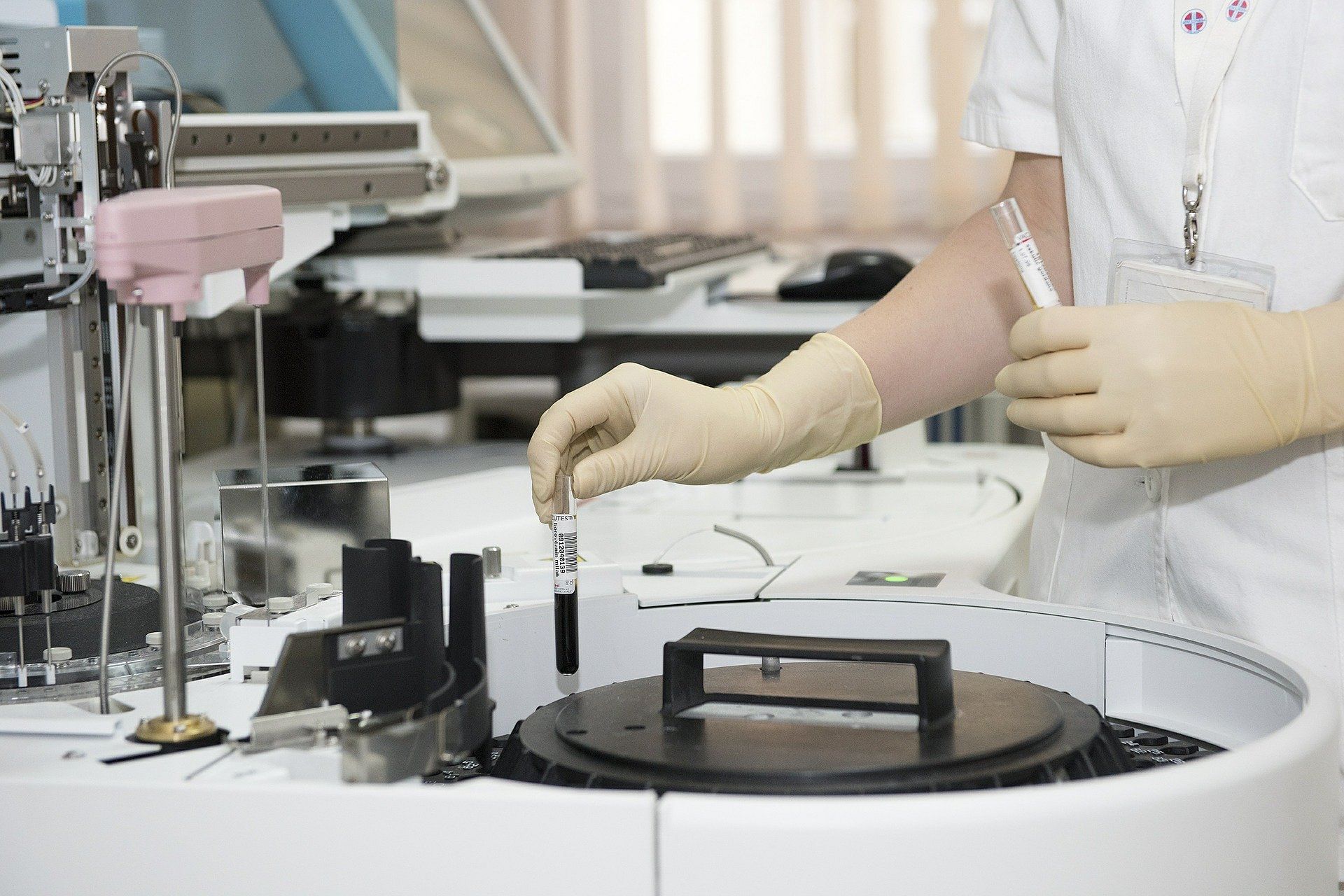
A day after Union Health Ministry released a set of amended rules to regulate every medical device as a drug, a section of the industry and patient rights groups raise questions on the move because of the drug regulator's track records and lack of clarity from the ministry on several key aspects of the new regime.
The ministry on Tuesday gazetted two notifications defining all medical devices used in animals and humans as drugs and charting out the road map for the new regulatory regime to kick in besides detailing the processes involved.
According to the industry sources, there are nearly 6,000 different types of medical devices in the Indian market ranging from low-risk ones like a wheelchair, hypodermic syringes and needles to high-risk devices like cardiac stents and heart valves.
The notification gives a time period of 30 months to the manufacturers of low-risk devices to comply with the new regime while makers of the high-risk medical devices get 42 months.
In addition, specific compliance periods - mostly in 2021 – have been given to 14 types of medical devices including ultra-sound and X-ray machines.
The new regime comes in the wake of a raging row on India's poor regulatory supervision on medical devices exposed by a scandal on the use of faulty hip implants manufactured by a subsidiary of pharmaceutical major Johnson and Johnson on Indian patients while the firm adopted an altogether different approach in other countries.
In October 2019, the health ministry issued a draft of the proposed amendments that have now been finalised after taking into account the inputs received. The new rules, however, are not to the satisfaction of everyone.
For instance, the NITI Aayog recently launched an initiative for a separate law for the medical device sector and it is not clear whether the new rules are in sync with the NITI Ayog's idea.
“We seek clarity from the Health Ministry on the two notifications. We want to know if they are stop-gap measures till full-blown regulations are available,” Rajiv Nath, forum coordinator, Association of Indian Medical Device Industry told DH.
There are concerns on whether such rules would be counter-productive for the makers of lowest risk medical devices like spectacles, wheelchairs and orthopedic collars, and would limit people's access to low-cost products made by the small and medium scale industry.
The capability of the Indian drug regulator Central Drugs Standard Control Organisation to implement the new regime is also under suspicion. Sources said the agency hired 25 persons last month for the task but they were yet to be trained properly.
“We are particularly wary of CDSCO's competence, expertise and most importantly its commitment towards patient safety given its dismal track record,” said Malini Aisola from All India Drug Action Network, a non-governmental agency that works on patient safety issues.
